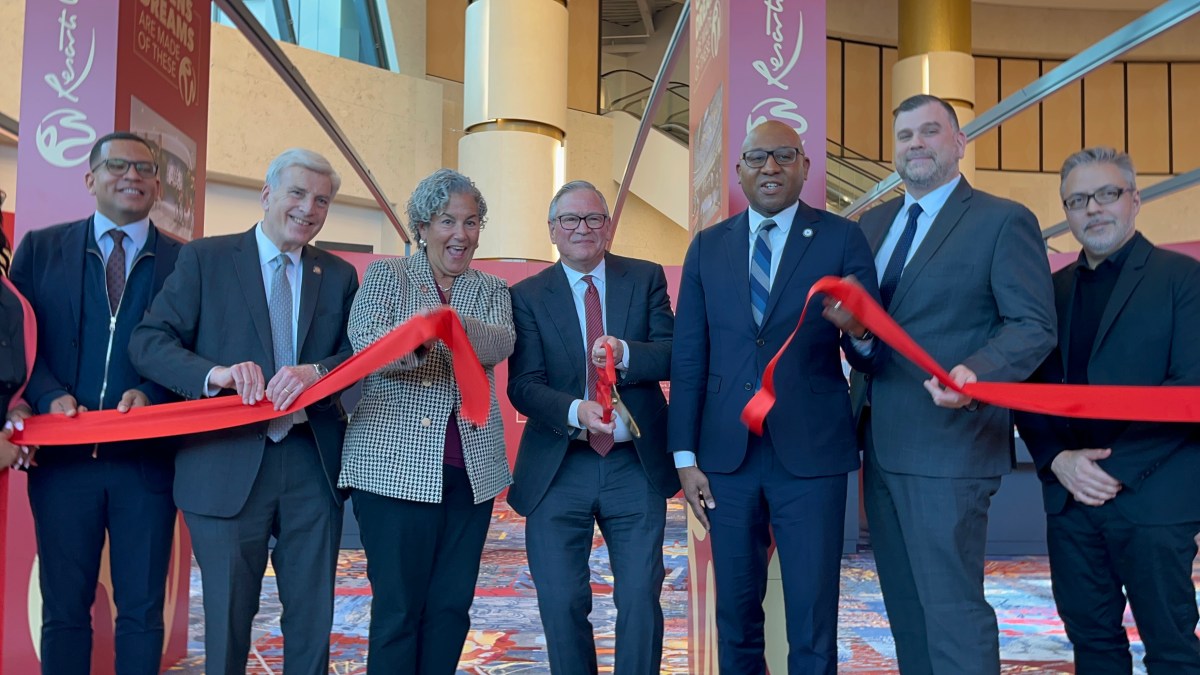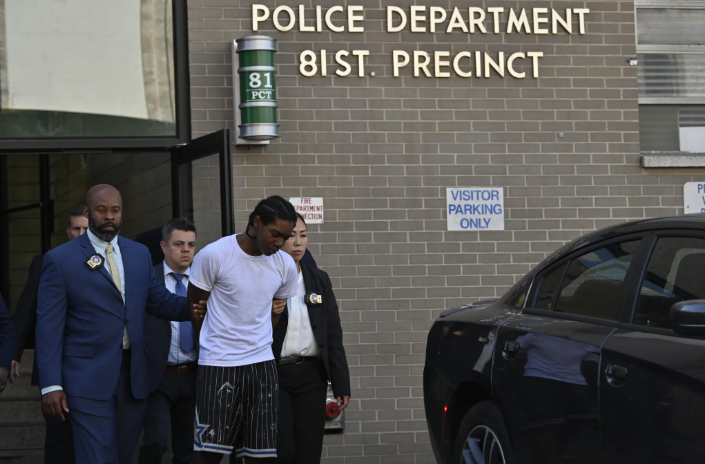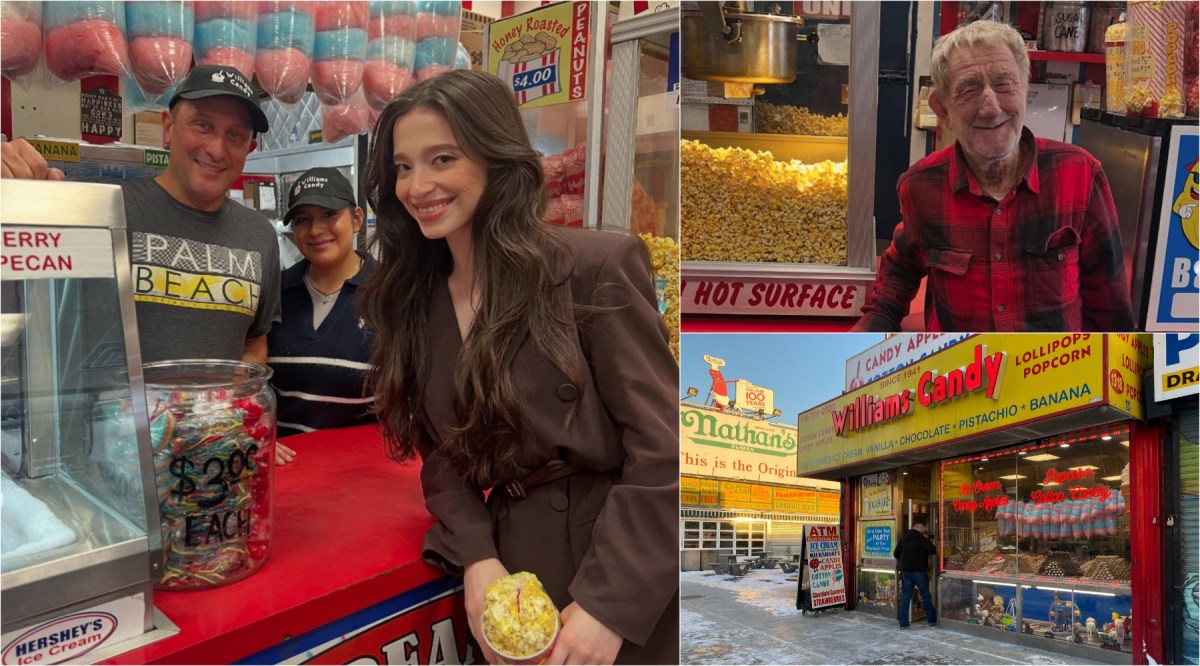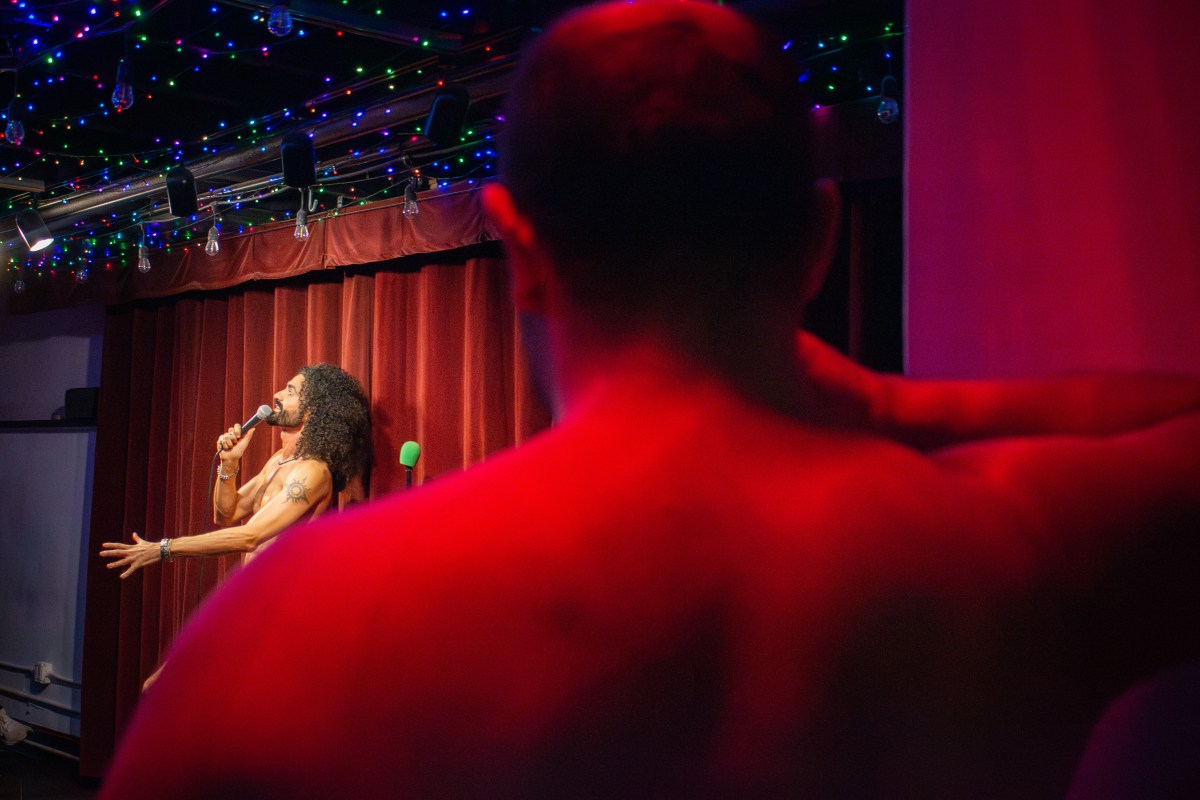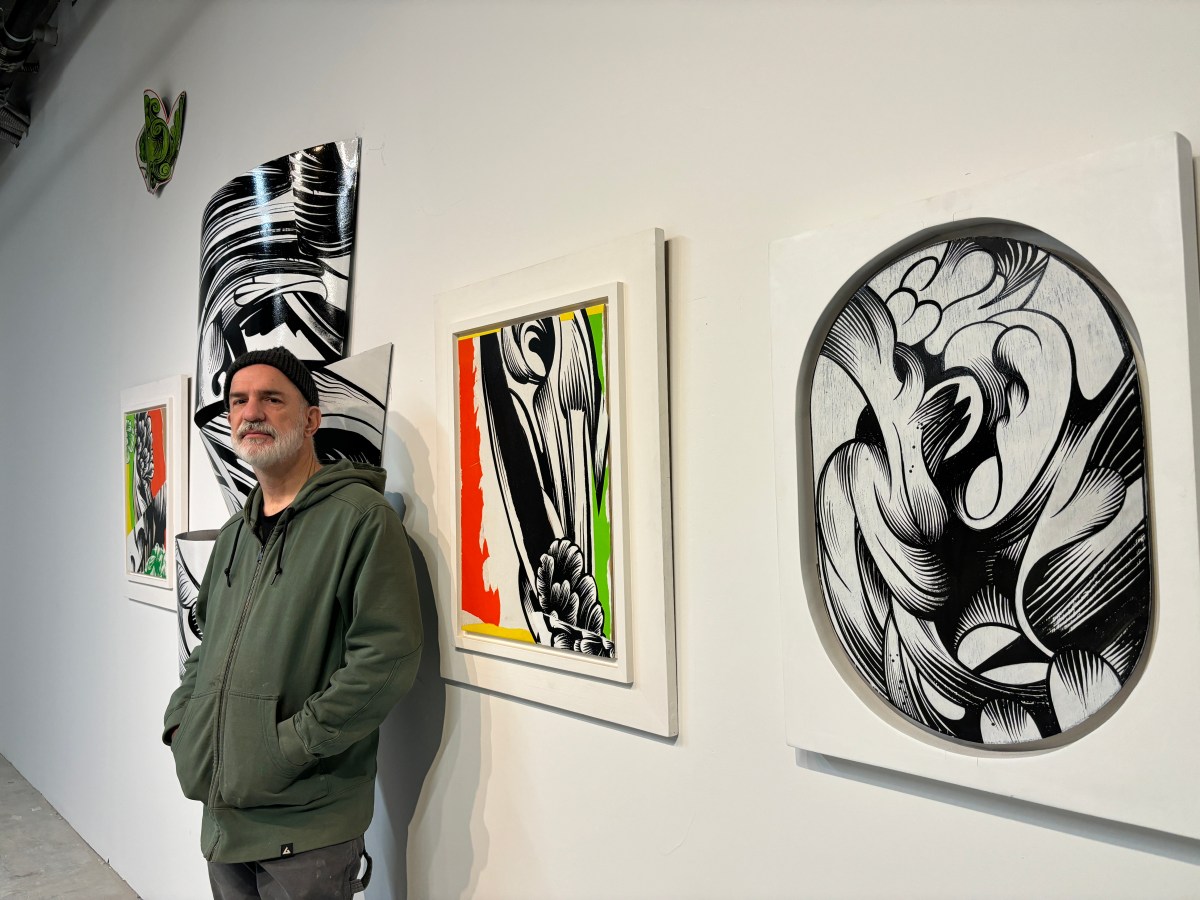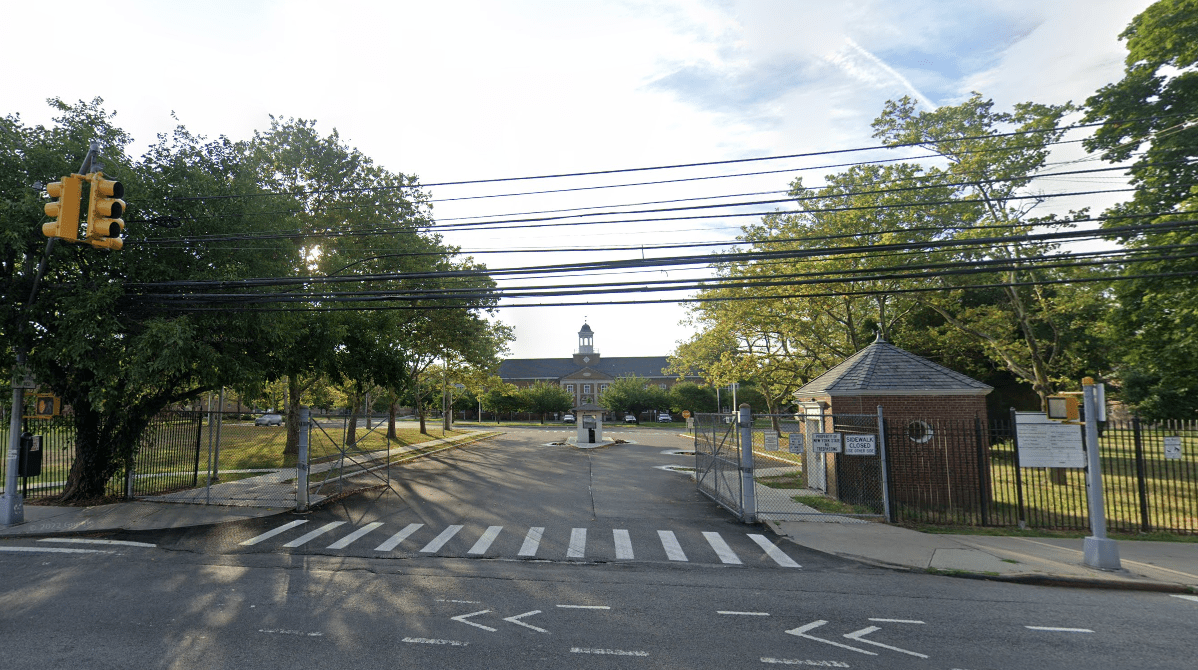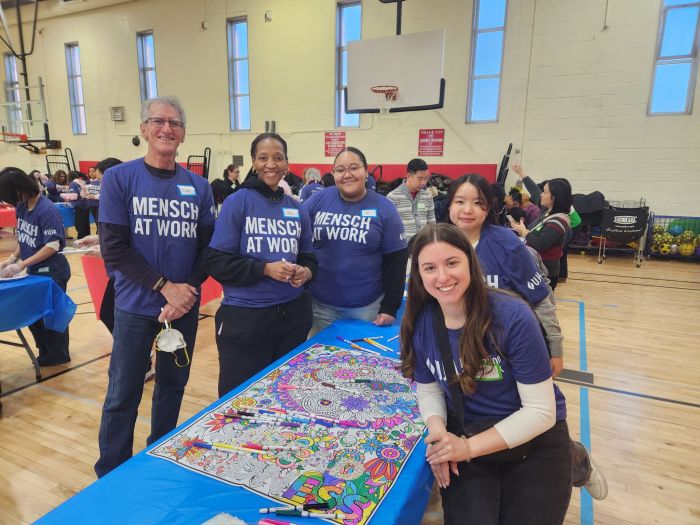BY TALIA PAGE
Makom II
Michal Rovner
Through March 15
PaceWildenstein
545 West 22nd St.
(212-989-4258, pacewildenstein.com)
Following the enormous success of showings in New York over the past decade, Michal Rovner’s latest installation, “Makom II,” at the PaceWildenstein gallery, has been highly anticipated. Rovner initially garnered public notice with her 1997 film, “Border,” which premiered at the Museum of Modern Art, and received more than a dozen subsequent screenings at major international venues. In 2001, “Notes,” her collaboration with composer Philip Glass, was featured at the annual Lincoln Center Festival.
At about the same time, Rovner was also being recognized in visual art circles. A site-specific work, “Overhang” (2000), was installed at Chase Manhattan Bank on Park Avenue, and in 2002 the Whitney presented “Michal Rovner: The Space Between,” a mid-career retrospective. PaceWildenstein has previously featured the work of this artist with two major solo exhibitions, “In Stone” (2004) and “Fields of Fire” (2006). Last November, the American Israel Cultural Foundation (AICF) presented Rovner with the Aviv Award in recognition for her achievements in the Arts. The visitors to “Makom II” were well rewarded for fearlessly facing the elements to see this new work by the celebrated artist.
“Makom” means “place” in Hebrew, and this place is particularly stark and sublime. The installation is an 11.5’ x 16’ x 16’ open square structure made from approximately 1,150 stones, collectively weighing 60 tons. Though the ancient and hewn stones appear somewhat uniform, it is important to recognize that they were drawn together from a number of different Middle Eastern cities, including Jerusalem, Hebron, Bethlehem, Haifa, Fassuta, and Kfar Yassif.
On the flat screen monitor behind the reception desk, viewers can watch a video of Rovner selecting the stones and directing the initial construction of work in Kfar Shmuel, Israel. No stone was cut or altered for Rovner’s composition; the artist spent a great deal of time searching for blocks that would be a natural, ideal fit. The dusty landscape of Kfar Shmuel is barren and in this way strikes a similar chord with the spare atmosphere of the industrially designed New York gallery. The simplicity of the gallery space suits the simplistic-looking edifice, but don’t be deceived. Similar to the artist’s attention for detail, the gallery professionals also carefully and precisely organized the installation site. Under the direction of the dramatic setting and concentrated lighting, the artwork demands unswerving focus. As a result, “Makom II” becomes more and more complex with the passing moments of reflection.
Rovner employed material and masons from both the Palestinian and Israeli sectors to build this archeological edifice, which is held together with filler only. The potential for an easy destruction of the units is purposeful, obvious and disturbing. For, like symbolic lines on a map that divide countries, Rovner’s walls mark geographical differences and sensitivities, thereby creating a framework for cultural debates, social anxieties, and political controversies.
In the center of the building, blocks are numbers and a Hebrew letter that corresponds to the row and sequence in which the stones must be put together. This system, following classic archaeological methods, allows “Makom II” to be rebuilt after it is taken down and shipped to a new location (it took PaceWildenstein two weeks to put the work together). The sequence of numbers and letters are marked in black—a practical, organized, and coldly bureaucratic approach—but one that adds a further quality of historical presence to the piece.
The side of the wall facing the gallery entrance features a long crack from top to bottom, which is just wide enough for the viewer to peer into the interior and gaze at a mysterious, unattainable stone placed in the center and surrounded by gravel. It is impossible to penetrate the cube without tearing it apart, which would not be difficult. One may surmise that Rovner intentionally exiles and taunts her viewers.
“The vertical gap allows us to relate to the inside, but does not allow access,” explains Jennifer Joy, the gallery’s public relations associate. In her film (available for $10), Rovner notes that the work brings together a wealth of history from many different people, places, and times. Though this concept is comforting, the structure remains disconcerting. Indeed the stones themselves seem to house the spirits of the past even while the interior holds a hope for a unity that remains just beyond reach.
At the opening on February 12, “Makom II” evoked more silent contemplation than conversation from its audience. Visitors shuffled their feet, furrowed their brows, and cast knowing nods of the head to their friends. Several of the spectators declined to comment on anything other than the physical aspects of the structure, shying away from a potential sociopolitical debate. Joshua Neustein, a Brooklyn artist, asked, “Could you write your article without mentioning Israel? Talk about the platform, and how it makes the mind wander. The structure is wonderfully massive…it relates a sense of the desert.”
But “place” is crucial to the artist, in the artwork, and for the viewer. Rovner was born and educated in Israel but has made her home in New York. A few years ago in a BBC Radio interview, John Tusa asked Rovner about the bicultural dimension of her life that she regards as essential to her creativity. Rovner explained, “I am actually having the center of my life in New York. And then I sort of looked at, back at Israel with some kind of sentiments you know, some kind of longing, and there I, after a few minutes of you know going downhill emotion-wise, I said to myself, Wait a minute, why do I have to make this decision like this, why do I have to decide this or that? “I am, I do have both places. I might have other places in my life. At that point I decided that I will just keep more places to my map, in term, instead of excluding one over the other.” (The complete interview is available at bbc.co.uk/radio3/johntusainterview/rovner_transcript.shtml.)
In keeping with Rovner’s attitude, “Makom II” offers viewers “other places” in their lives. Not surprisingly, the work was preceded by a successful “Makom I,” exhibited in 2007’s “Beyond Limits: Sotheby’s at Chatsworth,” the British noble house in Derbyshire, England. Currently there are no plans for a third, although this would depend on the artist and, to some extent, the response from viewers. Opinionated observers should record their comments in the guestbook at the reception desk, for the accumulation of their views will be a textual model of “Makom II”—a series of disparate voices brought together in contained places and times.












